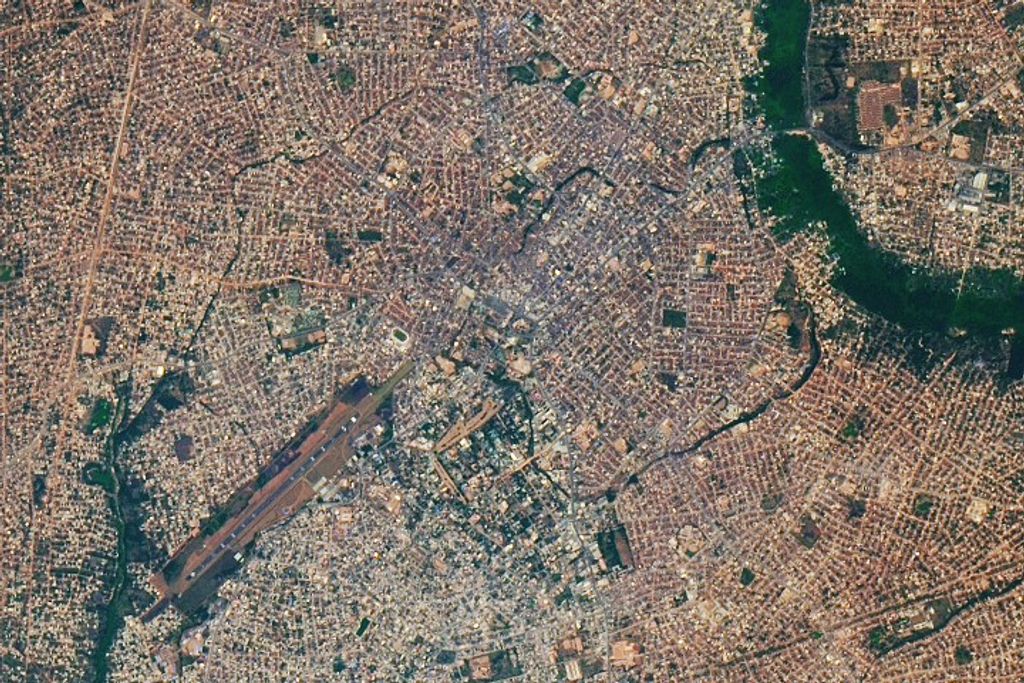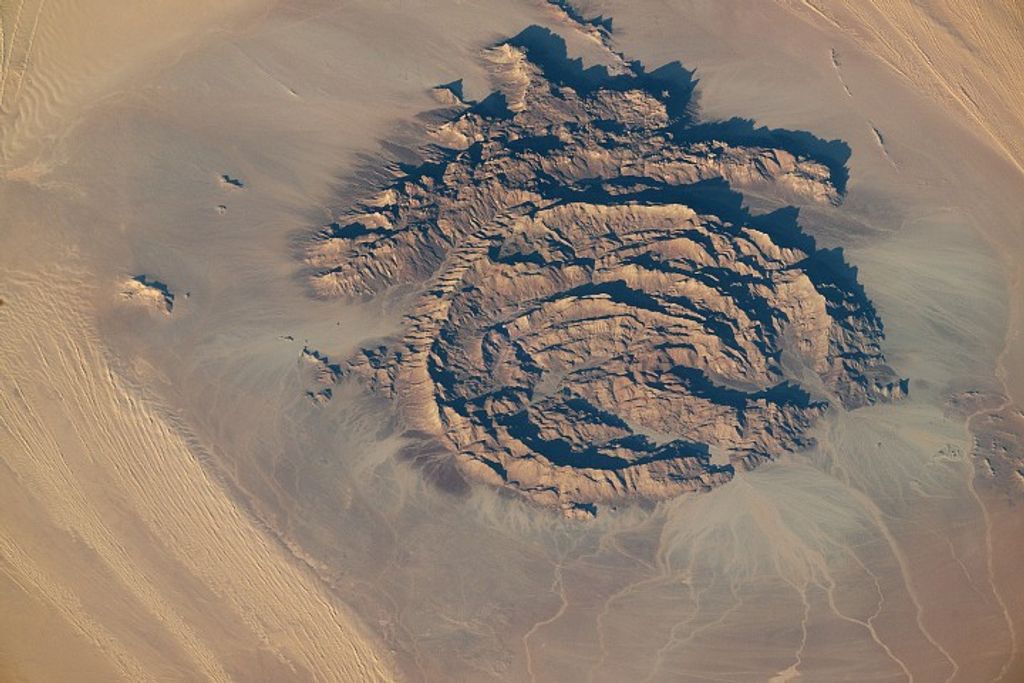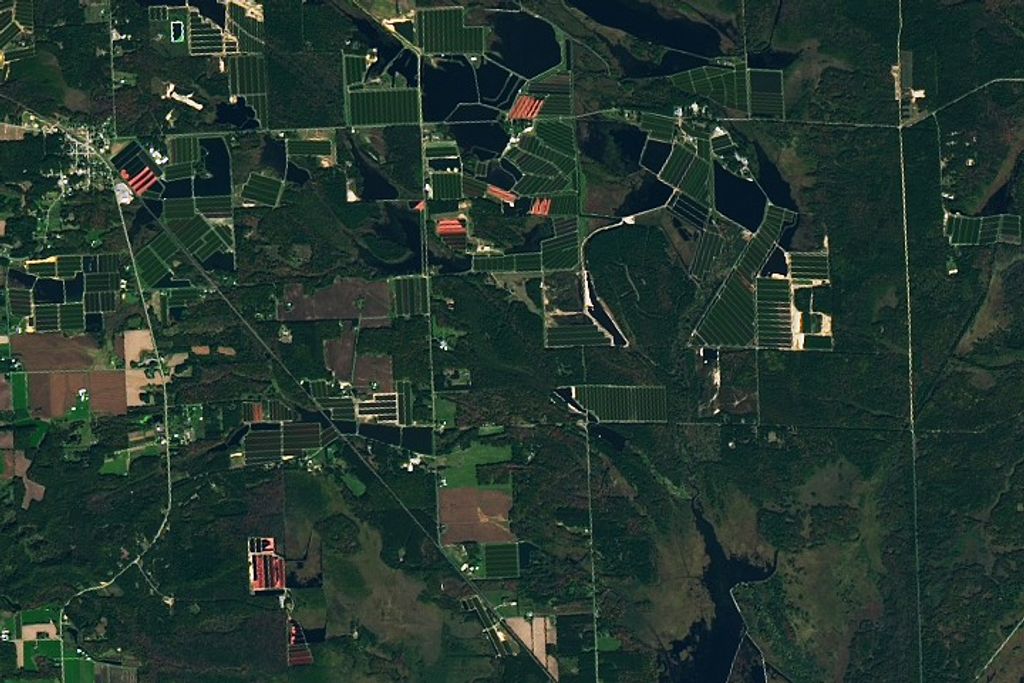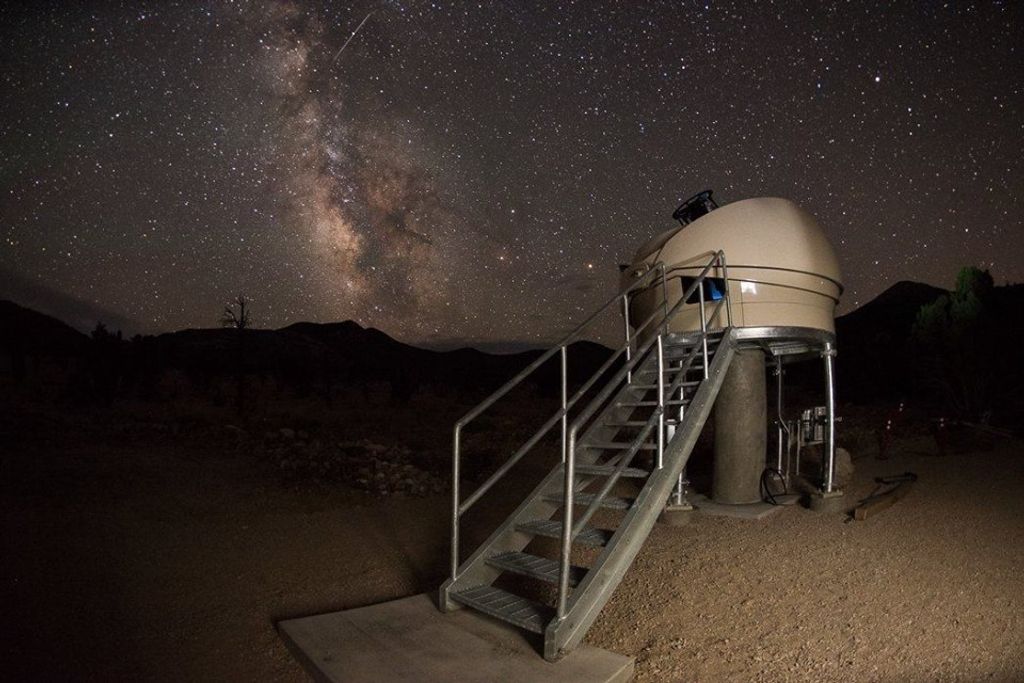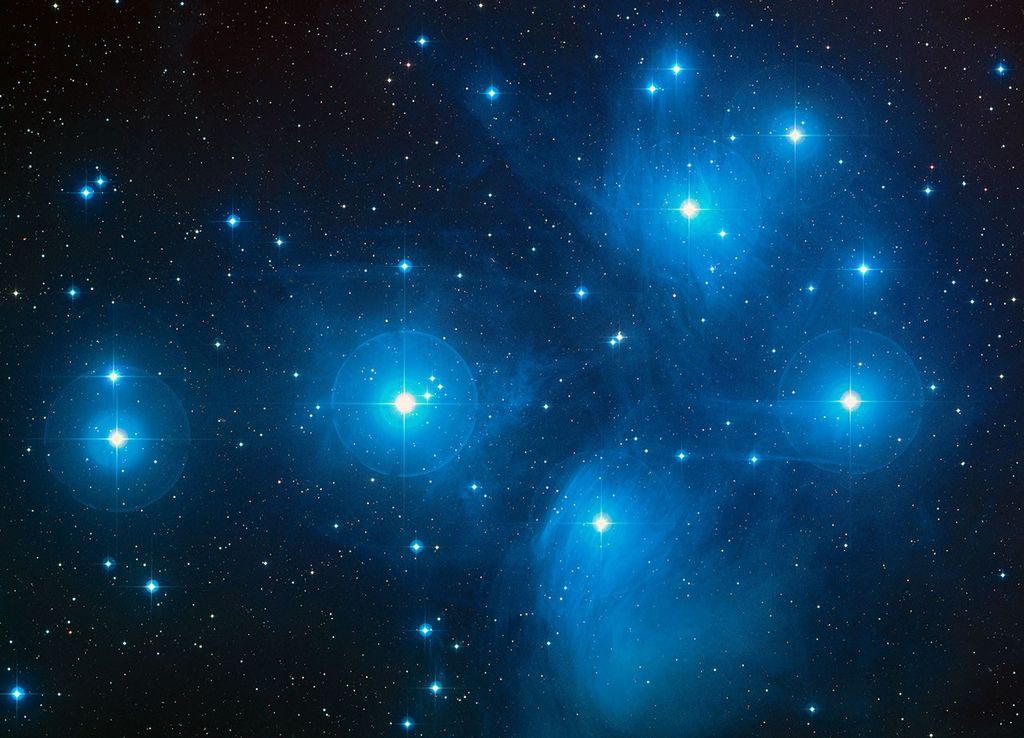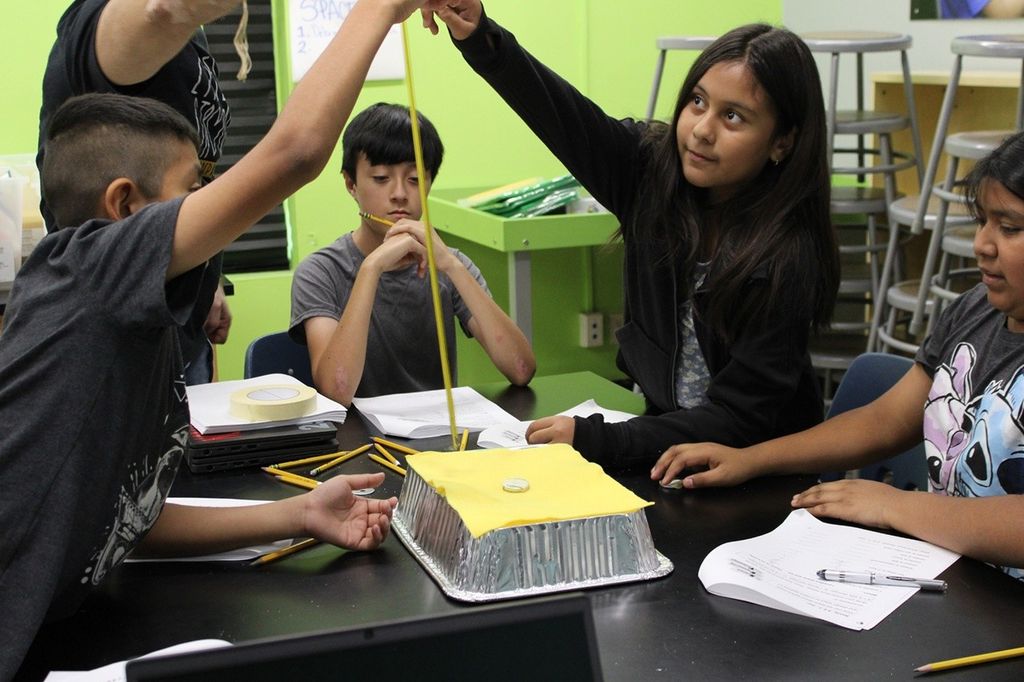1 min read
Fast Radio Burst Host Residuals

Astronomers using the Hubble Space Telescope have tracked down two brief, powerful radio bursts to the spiral arms of the two galaxies shown at top and bottom of this image. The catalogue names of the bursts are FRB 190714, top row, and FRB 180924, bottom row.
The galaxies are far from Earth, appearing as they looked billions of years ago. The dotted oval lines in each of the four images mark the location of the brilliant radio flares. The two images at left show the full Hubble snapshots of each galaxy.
To study each galaxy’s spiral structure in more detail, the researchers overlaid a computer model of the galaxies' starlight onto the images at left. They then subtracted the smoother, more diffuse starlight from each of those images. The resulting two images at right reveal each galaxy's spiral arms more clearly, which were harder to see in the original images.
Because these radio pulses disappear in much less than the blink of an eye, researchers have had a hard time tracking down where they come from.
These galaxies are part of a survey to determine the origin of fast radio bursts, which can release as much energy in a thousandth of a second as the Sun does in a year.
Identifying the radio bursts' location helped researchers narrow the list of possible FRB sources that can generate such prodigious tsunamis of energy. One of the leading possible explanations is a torrential blast from a young magnetar. Magnetars are a type of neutron star with extraordinarily powerful magnetic fields.
The observations were made in ultraviolet and near-infrared light with Hubble's Wide Field Camera 3. The images were taken between November 2019 and April 2020.
About the Data
- Data DescriptionData DescriptionProposal: A description of the observations, their scientific justification, and the links to the data available in the science archive.
Science Team: The astronomers who planned the observations and analyzed the data. "PI" refers to the Principal Investigator. - InstrumentInstrumentThe science instrument used to produce the data.WFC3/IR
- Exposure DatesExposure DatesThe date(s) that the telescope made its observations and the total exposure time.27 Nov 2019, 30 April 2020
- FiltersFiltersThe camera filters that were used in the science observations.F160W
- Object NameObject NameA name or catalog number that astronomers use to identify an astronomical object.FRB 190714, FRB 180924
- Object DescriptionObject DescriptionThe type of astronomical object.Fast Radio Burst Host Galaxies
- Release DateMay 20, 2021
- Science ReleaseHubble Tracks Down Fast Radio Bursts to Galaxies’ Spiral Arms
- CreditNASA, ESA, Alexandra Mannings (UC Santa Cruz), Wen-fai Fong (Northwestern); Image Processing: Alyssa Pagan (STScI)

Related Images & Videos

Fast Radio Burst Host Galaxies
Hunting for the neighborhoods of enigmatic, fast radio bursts (FRBs), astronomers using the Hubble Space Telescope tracked four of them to the spiral arms of the four distant galaxies shown in the image. The bursts are catalogued as FRB 190714, at top left; FRB 191001, at top...
Share
Details
Claire Andreoli
NASA’s Goddard Space Flight Center
Greenbelt, Maryland
claire.andreoli@nasa.gov







